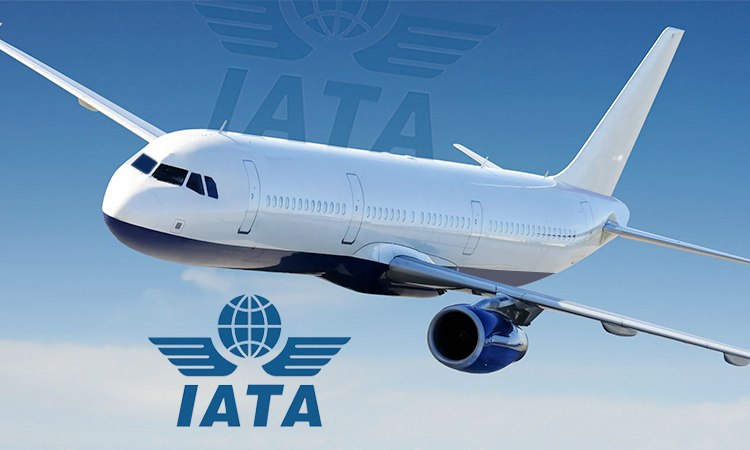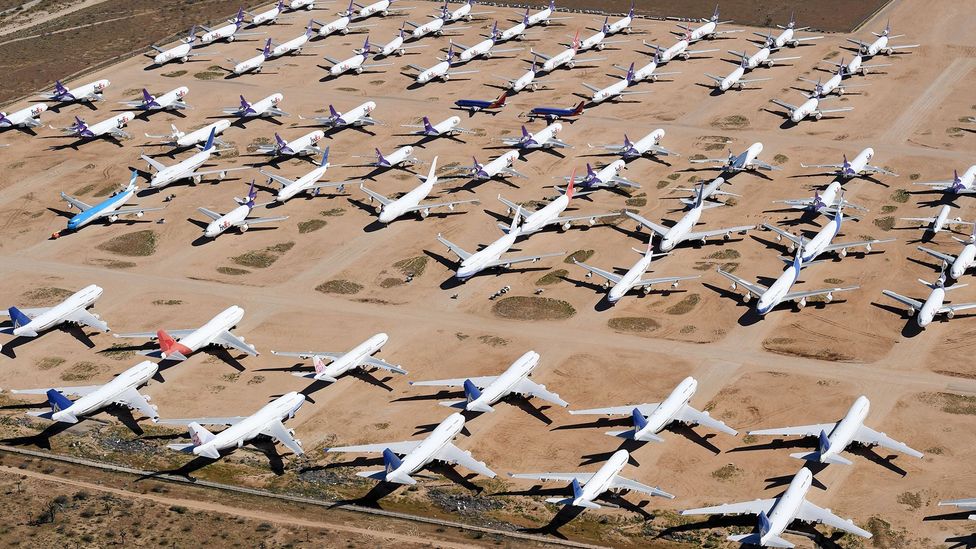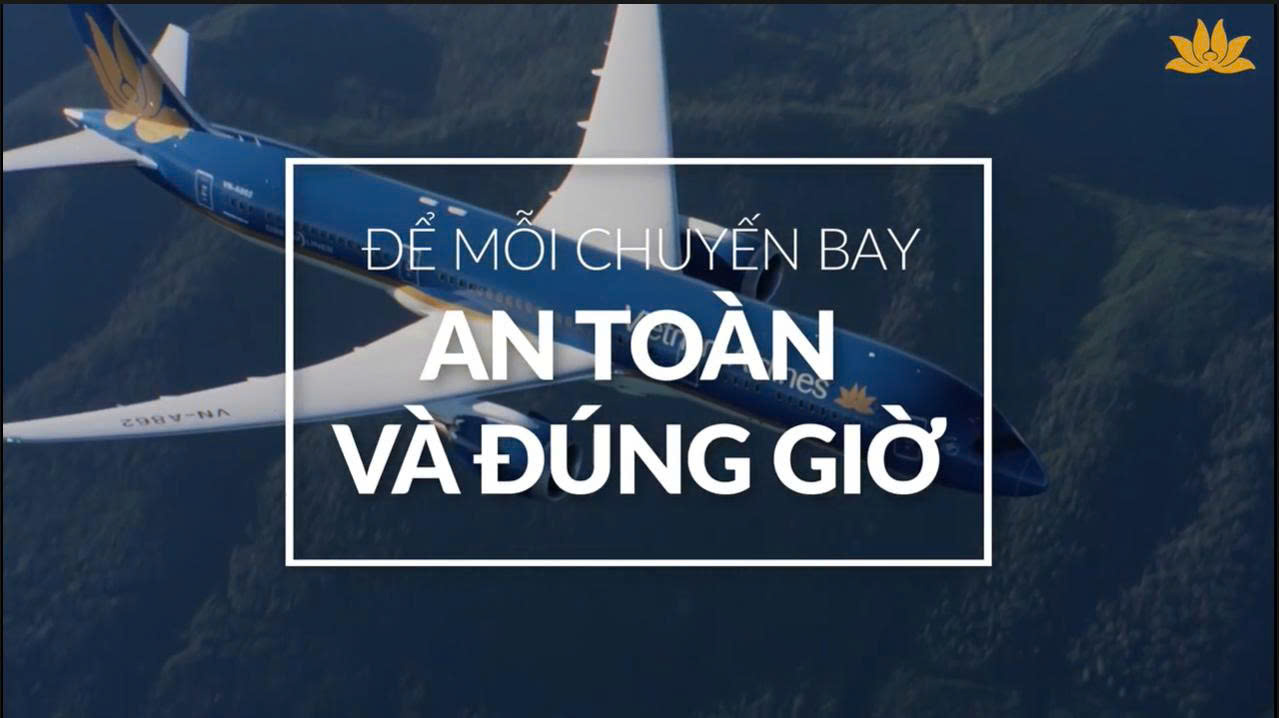“With the recovery in demand likely to be slow, 55 per cent of respondents expect to have to decrease employment levels over the coming 12 months,” global aviation body IATA said in a statement following a quarterly business confidence survey of more than 300 airlines.
Some 45 per cent reported having already reduced their staff numbers in the second quarter of 2020 due to cost-cutting measures following the COVID-19 pandemic.
Meanwhile 57 per cent expect passenger yields to fall over the next 12 months and think ticket prices could fall due to the weak recovery in demand.
Some 19 per cent expect to see a gradual increase in fares once the balance between supply and demand is restored. Geneva-based IATA represents some 290 airlines comprising 82 per cent of global air traffic.
It expects air traffic to return to pre-crisis levels in 2024 and estimates that traffic will fall by 63 per cent in 2020 compared to 2019, with a shortfall of $419 billion in the sector due to the coronavirus crisis.
Europe and the Asia-Pacific region are expected to be the first to return to 2019 traffic levels, while the Americas are expected to experience a slower recovery, according to IATA.
The aviation sector has been hit hard by the crisis, with almost all aircraft fleets grounded and tens of thousands of jobs lost.

Most airlines expect job cuts over next 12 months (Ilustrated image: IATA).
The US company United has announced that it could lay off up to 36,000 employees. American Airlines has cited the figure of 25,000 redundancies.
Germany’s Lufthansa wants to cut 22,000 jobs, Air Canada 20,000, British Airways 12,000, Air France-KLM up to 12,500, Australia’s Qantas 6,000, Scandinavia’s SAS 5,000 and Britain’s easyJet 4,500.
LATAM, the largest airline in Latin America, has announced the loss of 2,700 jobs.
Virgin Australia announced on Wednesday that it would close budget subsidiary Tigerair Australia and lay off 3,000 staff as it prepares to relaunch under new owners.
Virgin Atlantic has applied for bankruptcy protection in the United States, court filings showed Wednesday, as the British airline — which has not flown since April due to the virus — seeks to tie up a rescue deal in Britain.
Meanwhile, Lufthansa does not expect air travel demand to return to pre-coronavirus crisis levels until at least 2024, as the German airline posted a 1.7 billion euro quarterly operating loss.
The collapse in demand for air travel due to the COVID-19 pandemic meant the airline carried 96% fewer passengers between April and June than a year earlier, leading to an 80% decline in second-quarter revenue to 1.9 billion euros ($2.25 billion).
Tentative signs of a European recovery now appear threatened by new localised outbreaks and restrictions, while long-haul flights such as to the United States – which are important for Lufthansa – remain largely grounded due to rising infections.
“We do not expect demand to return to pre-crisis levels before 2024,” Chief Executive Carsten Spohr said on Thursday.
Last month Lufthansa said it would cut 20% of its leadership positions and 1,000 administrative jobs as it seeks to repay a 9 billion euro state bailout and navigate deepening losses in the face of the pandemic.

The aviation sector has been hit hard by the crisis, with almost all aircraft fleets grounded and tens of thousands of jobs lost (Cre: Internet).
Global airlines recently cut their coronavirus recovery forecast , saying it would take until 2024 – a year longer than previously expected – for passenger traffic to return to pre-crisis levels.
In an update on the pandemic’s crippling impact on air travel, the International Air Transport Association (IATA) cited slow virus containment in the United States and developing countries, and a weaker outlook for corporate travel.
Lingering travel barriers and new restrictions in some markets are also weighing on nearer-term prospects, IATA said, cutting its 2020 passenger numbers forecast to a 55% decline – sharper than the 46% drop predicted in April.
“The second half of this year will see a slower recovery than we’d hoped,” IATA Chief Economist Brian Pearce said. June passenger numbers were down 86.5% year-on-year, the organisation said, after a 91% contraction in May.
Recovery prospects are weakened by the spread of COVID-19 in the United States and developing countries together representing 40% of global air travel, IATA said. International travel is unlikely to rebound significantly without a reasonably priced testing regime that was deemed acceptable by governments, Association of Asia Pacific Airlines Director General Subhas Menon said.
Cre: Gulf Today
Nguyen Mai Huong-COMM










